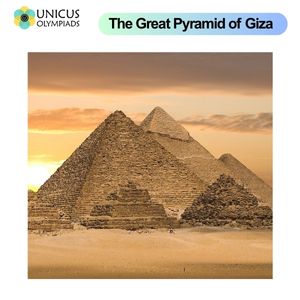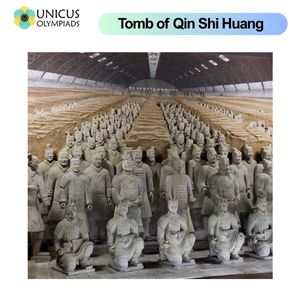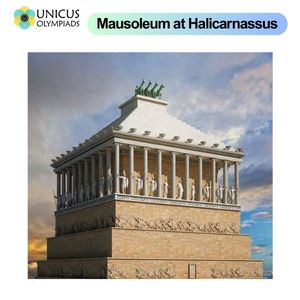

A royal tomb made from stone blocks is an architectural marvel, showcasing both the skills of ancient builders and the cultural importance of honoring royalty. Throughout history, various civilizations built monumental tombs to bury their kings, queens, and important figures, often using durable materials like stone to ensure the tomb's longevity. These structures often symbolize power, religion, and the afterlife beliefs of the cultures that built them. In this section, we will explore some famous examples of royal tombs made from stone blocks and their historical significance.

One of the most famous royal tombs made from stone blocks is the Great Pyramid of Giza, located on the outskirts of Cairo, Egypt. This colossal structure was built as a tomb for the Pharaoh Khufu, also known as Cheops, and is part of a larger complex that includes two smaller pyramids for Khufu's wives and several other tombs for important officials.
The Tomb of Qin Shi Huang, located near the city of Xi'an in China, is the final resting place of the first Emperor of China, Qin Shi Huang. This tomb is famous for the Terracotta Army, which consists of thousands of life-sized statues of soldiers, horses, and chariots designed to protect the emperor in the afterlife.

The Mausoleum at Halicarnassus was built as a royal tomb for Mausolus, the Persian satrap (governor) of Caria, and his wife, Artemisia. It is one of the Seven Wonders of the Ancient World and was constructed using large stone blocks, decorated with statues and reliefs to honor the deceased.

While not entirely built with stone blocks, the Taj Mahal in India is another example of a monumental royal tomb, constructed as a symbol of love and dedication. The Taj Mahal was built by Emperor Shah Jahan in memory of his wife Mumtaz Mahal, who died during childbirth.

In addition to the aforementioned tombs, here are several other examples of royal tombs made from stone blocks around the world: